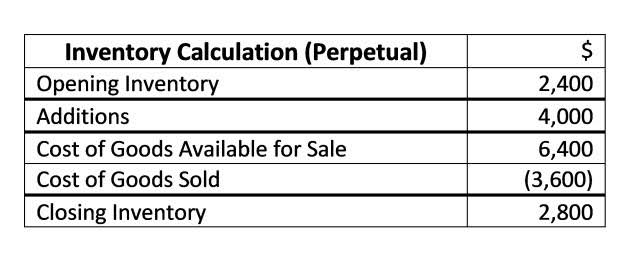
The amount a company pays for raw materials, labor, and overhead costs is continually changing. For this reason, the amount it costs to income summary make or buy a good today might be different than one week ago. Advertising and promotion expenses are a type of period cost incurred by businesses to create awareness and promote their products or services to their target audience. These expenses are essential for businesses to attract customers and maintain a competitive edge in the market.

Comparing Product Costs and Period Costs

This includes expenses related to creating and running advertisements on various platforms such as television, radio, print media, and online channels. Businesses invest in advertising to reach a wider Remote Bookkeeping audience and generate interest in their offerings. Businesses must balance keeping their operating costs low while allowing it to grow and increase sales.

What is the significance of understanding period costs for decision-making?
- CFI is on a mission to enable anyone to be a great financial analyst and have a great career path.
- The $1 loaves would be allocated to ending inventory on the balance sheet.
- Accountants use amortization to spread out the costs of an asset over the useful lifetime of that asset.
- By monitoring these costs and exploring cost-saving measures, businesses can optimize their spending and improve their overall financial performance.
- According to generally accepted accounting principles (GAAPs), all selling and administrative costs are treated as period costs.
- Generally speaking, FIFO is preferable in times of rising prices, so that the costs recorded are low, and income is higher.
- Understanding the differences between historical (past), current (present), and pre-determined (future) expenses is important for successful financial planning.
Some retailers may employ open-to-buy purchase budgeting or inventory management software to ensure that they’re stocking enough to maximize sales without wasting capital or taking unnecessary risks. Another ratio inverse to inventory turnover is days sales of inventory (DSI), which marks the average number of days it takes to turn inventory into sales. DSI is calculated as average value of inventory divided by cost of sales or COGS, and multiplied by 365. Companies tend to want to have a lower DSI, and they usually want that DSI to be sufficient to cover short-term cash needs.
- Although the ABC Company example above is fairly straightforward, the subject of inventory—and whether to use LIFO or FIFO—can be complex.
- For instance, a spike in rental expenses due to market changes would necessitate a reevaluation of pricing to ensure that the increased costs do not erode profit margins.
- Depending upon the selected set of goods and services used, multiple types of baskets of goods are calculated and tracked as price indexes.
- The choice of depreciation method depends on factors such as asset usage patterns, expected future cash flows, and accounting policies.
According to Timing of Charge against Revenue
Businesses can either expand or reduce production capacity when there is a long run. There is also the chance to enter or exit an industry based on expected profits. Firms understand that they cannot change their levels of production in order to reach an equilibrium between supply and demand. As such, the difference between WIP and finished goods is based on an inventory’s stage of completion relative to its total inventory. WIP and finished goods refer to the intermediary and final stages of an inventory life cycle, respectively. For this reason, the Fed doesn’t set a specific goal for maximum employment, and it is largely determined by employers’ assessments.
- If the price rises continuously, those using dollar-cost averaging end up buying fewer shares.
- WIP and finished goods refer to the intermediary and final stages of an inventory life cycle, respectively.
- These can be broadly categorized into selling costs and administrative costs.
- By carefully examining these period costs, businesses can assess how efficiently they are utilizing their resources and identify areas where costs can be reduced or eliminated.
- A modified variant of this method is the discounted payback method which considers the time value of money.
Unlike relevant costs, they do not have an impact on the matter at hand. If you have a stock you’d like to invest in but aren’t clear on when the best time to buy is, dollar-cost averaging (DCA) can help. Say that, instead of using dollar-cost period costs averaging, Joe spent his $500 at one time in pay period 4. Joe bought different share amounts as the index fund increased and decreased in value due to market fluctuations. He chooses to contribute 50% of his allocation to a large-cap mutual fund and 50% to an S&P 500 index fund. Every two weeks, 10%, or $100, of Joe’s pretax pay will buy $50 worth of each of these two funds, regardless of the fund’s price.
